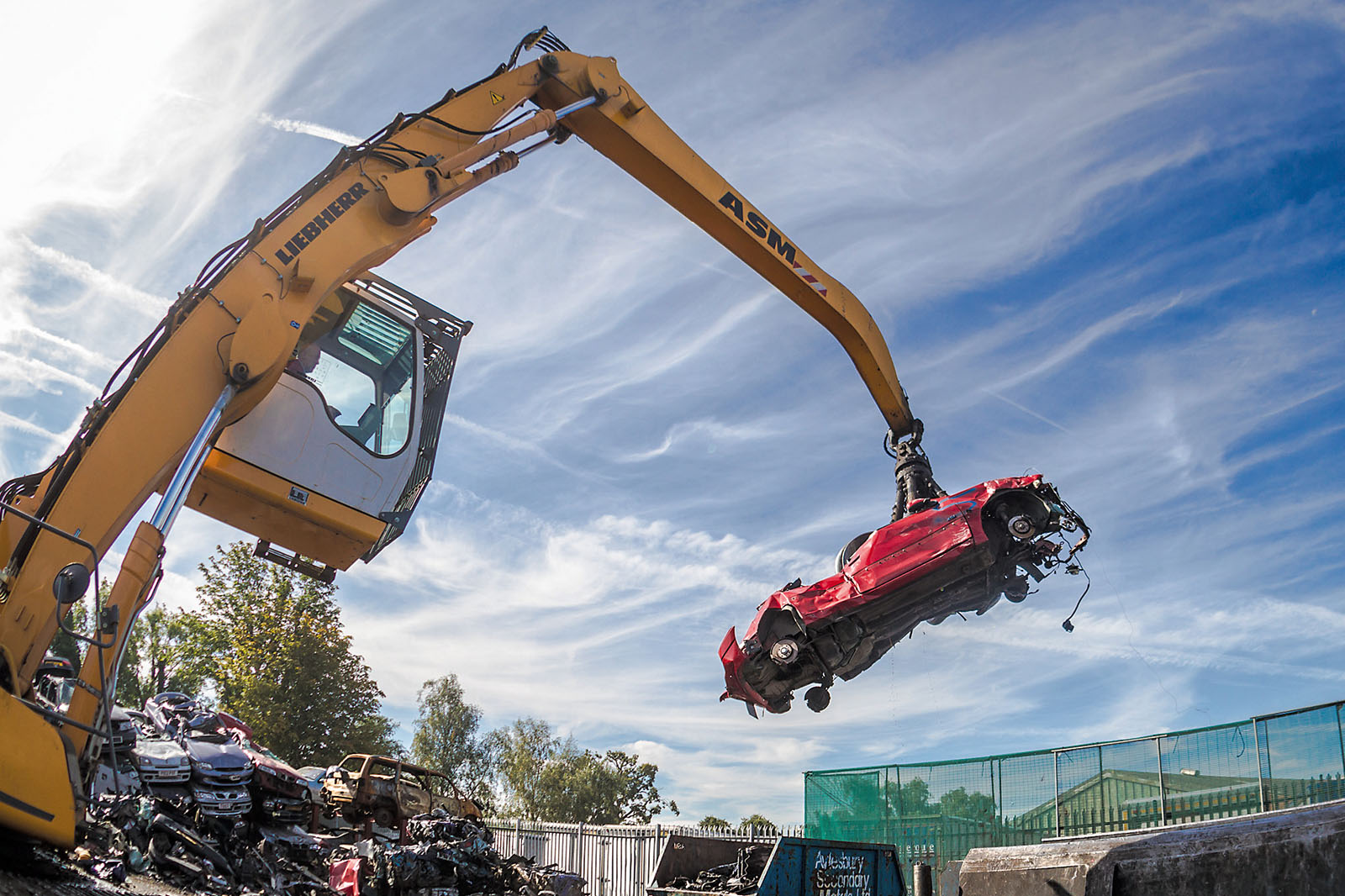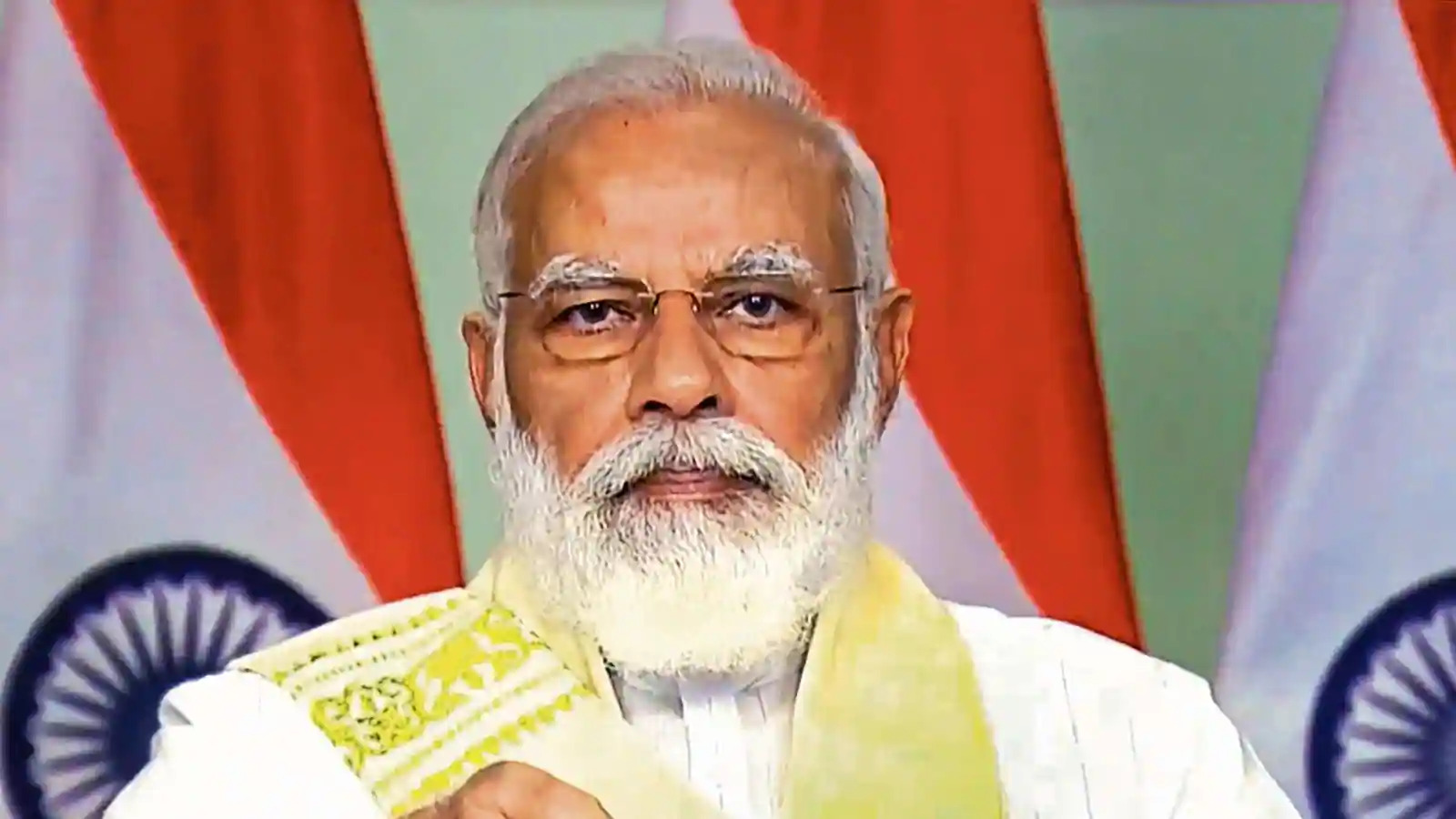
In a world moving ahead with luxury electric cars, what does it hold for the vehicles becoming obsolete? In today’s scenario, buying a new SUV car is much more relevant than splurging high amounts on maintenance. The older cars have become averse to the unfolding technology; thus, their valuation depreciates with every passing year. Resolving the issue has become the utmost priority for automobile companies, and that’s why we observe more people getting inclined to manufacture electric cars, shifting the gear to the next level. However, until now, the biggest challenge for the industry has been the economic slowdown, reducing the prospects of sizable growth.
India has followed the economic recession streak for quite some time. Well, since the Covid-ravaged effects struck India, the overall spending has slumped to low figures. The automobile industry embedded the trend of declining demand and soon draped over in despair. While businesses contracted their revenues due to the unveiling of the lockdown, the low-key automobile sector also suffered the setbacks of laid back consumption. In a bid to mark imprints of a circular economy, Prime Minister Narendra Modi is trying to make significant steps for raising India’s development and mobility across key areas.
Let’s dwell into the insights of the Vehicle scrapping policy–

Given the plan of transforming the automobile sector with more investments in the EVs markets, the government has launched an initiative of scrapping old cars. On Friday, the Voluntary Vehicle-Fleet Modernization program was unleashed with the motive of building a new circuit for the utilization of vehicles in India. The slack of unfit and polluted vehicles needs to get rendered and discarded from environment-friendly conditions. While announcing the policy at the virtual Investor summit in Gandhinagar, the PM pointed towards creating a room for a circular economy, which would enhance the value for all the stakeholders involved.
The Vehicle scrapping policy aims to propagate the Waste to Wealth notion where all the automobiles would be off the tracks beyond a certain age. Through this implementation, interests in road safety and pollution control would be safeguarded. The exuberance of the policy would work on rebuilding a clean, cohesive and congestion-free atmosphere in the auto sector. In the 21st century, the pollution indices have overblown standard levels, and it is becoming increasingly difficult to impose control measures.
Limitations set for the scrapping of vehicles-

How would the new vehicles ensure less harmful effects to the environment? According to a study, the manufacturing of electric vehicles would be conducted by following the principles of recycling and durability. Commercial vehicles having a lifeline of 15 years and personal cars being utilized for 20 years will be scrapped off amidst failing the automated fitness test. Irrespective of the working functionalities, the vehicle will get deregistered. However, the end choice remains with the owner whether he wants to scrap it or not.
India’s post-Covid-19 recovery phase has reflected burdensome moments for the automotive sector as weakening demand, and inadequate upgrades have led to its downfall. The new guidelines enforced by the Ministry of Road, Transport & Highways seek to maximize the benefits of a circular economy by inducing fitness tests. Each owner would have to acquire the mandated fitness certificate for running their vehicles on the road.
Why are the authorities aligning their focus to establishing a circular economy?
The module of a circular economy is formed on the pillars of sustainable development and environment-friendly commodities. It is built around the concept of repair, reuse, refurbishment of resources to carve in a secretive loop system, minimizing the role of wastes, pollution and erroneous gases. It is important to align the scrapping process with the carnation of a cleaned state to magnify the auto sales.
Whenever a car becomes obsolete or discarded as trash, many cohesive materials come together as refurbishments and plough back into use. This circular model has inhibited the scrapping model of the Alang ship wrecking yard in Gujarat, where plastic parts and recouped steel are being recycled consistently. Following the success of the restructured move, the plight of a circular economy would help in improving productivity with proper cost optimization.
Nothing Comes for Free in this World; What’s the benefit for Private Car Owners?
A pertinent question across various customers is how will they benefit from integrating this policy. Well, rejuvenating the vehicle owners interest in retiring their vehicle is a compelling task; the government has sorted plans for providing an extra reward in terms of the rebate, sops, et cetera. In order to ensure mobility across the industry, these certificates are convertible and can be traded off to any person other than the owner. The policy will regulate discounts on the new car purchase, envisaging a two-sided mutual deal for both parties.
However, the majority of the government’s investments in the automotive will be carried out by our taxable paid money. In addition to the cost of the fitness test, the government has imposed a Green Tax regulation, propelling the vehicle owners to pocket a massive 10-25 per cent of their road tax. Hence, we do not know who will enthral the pivotal benefits of the policy. The considerable fee will differ from location and based on the pollution indices prevailing in that particular state. A hell of a lot of monetary burdens would arise for the common man just for scrapping their vehicle.
Will the government’s perspective boost the economy?

The economic crisis amidst the Covid-19 shattered the robust developments across sectors. The automotive industry tried to reinforce its grit by invoking metal imports but lagged to match the demand due to several global issues and the extended lockdown. Globally, this work model has worked efficiently for Europe and the US in strengthening their production capacity and dominating their appeal in the markets. There’s a strong point in the scrapping policy, which insists on replacing cars, including combustible materials, with new cars. Through this, better standards of environmental protection and fuel efficiency would be earmarked.
The government’s perspective should revolve around uplifting the economy as a whole by assuring job opportunities for the MSMEs and also putting high-scale investments over the line. The introduction of the automation fitness centres would endeavour an auto hub where more people are recruited to share the milestone.
It will encourage various emerging MSME to double their revenue by participating in the policy process. According to the government, the buzz across building fitness centres across each of India’s 718 districts in itself is once in a lifetime opportunity. But all good things take time, right? What if the plan goes all wrong, and Will the government bear all the losses of the MSMEs, who are already facing deep trouble due to the pandemic. A backup security setting should be incorporated into the policy for promoting more small scale entrepreneurs.
What is the scope of this policy in the earlier stages?
Moreover, It will provide a blistering impetus in countering the old traditional technologies involved in scrapping vehicles. However, the frequently asked rumour, what would be the initial areas of development? The Vehicle Scrapping policy would entail more than 51 lakh light motor vehicles that are 20 years old. This does not mean that this process is imminent as there is no guarantee of profitability in the scrappage industry.
India has still not received the green light to construct centres as it is looking for promising investors. The sole motive of the Investor summit was to gather proposals from people. India’s infrastructure still lags behind in crucial aspects, and a hefty amount of money needs to be spent if at all it dreams of perpetuating the EV mission in the coming years.





